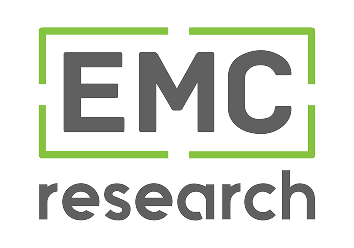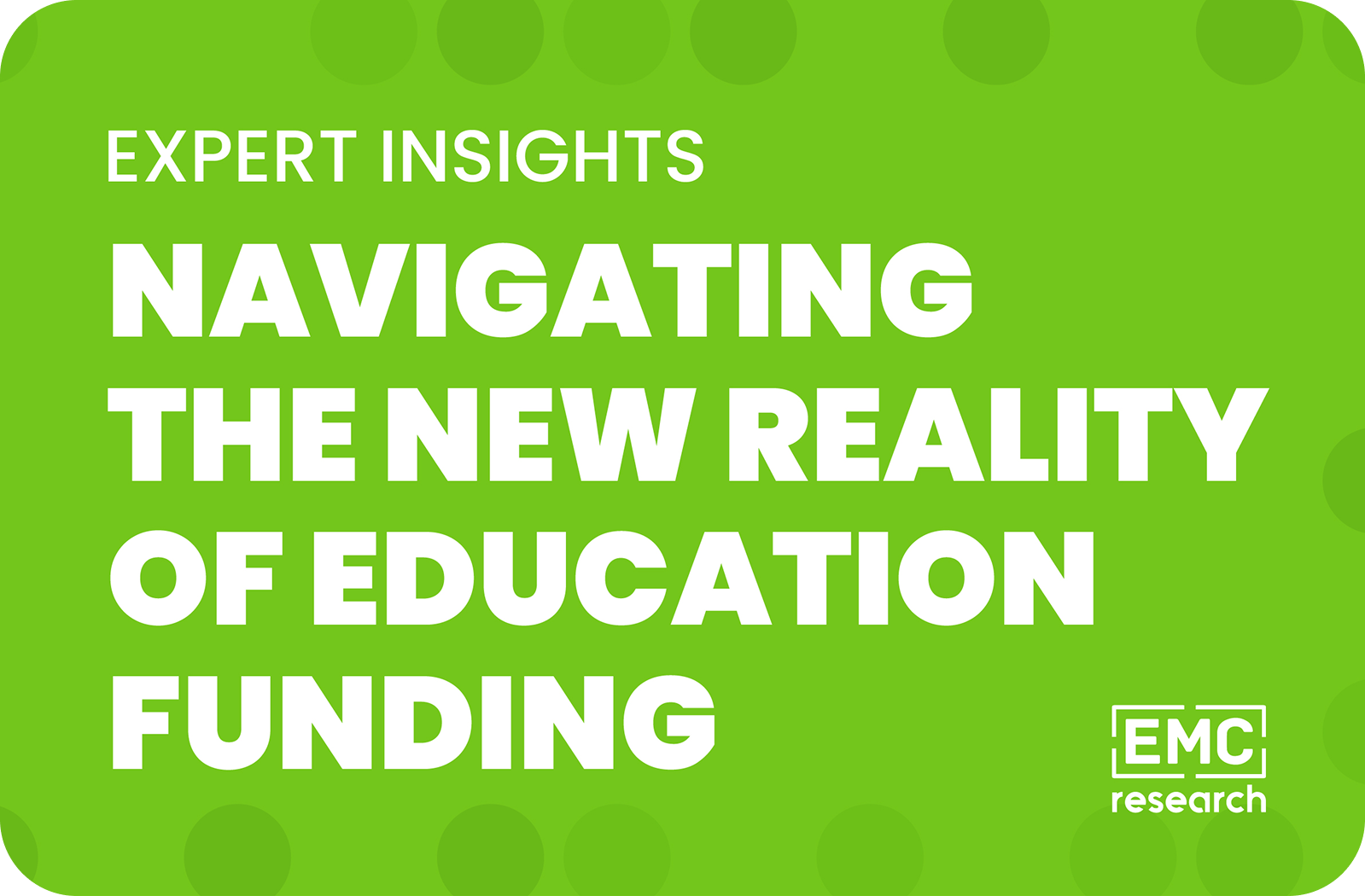After nearly two decades of conducting feasibility research for school districts across California, I’ve learned that successful education funding isn’t just about numbers — it’s about trust. And while that trust is being tested like never before, it’s also an opportunity for districts to engage their communities more deeply, listen more carefully, and build lasting support.
The work I do at EMC Research sits at the intersection of community needs and fiscal reality. School districts come to us before they put bond measures or parcel taxes on the ballot, seeking to understand whether their communities will support investments in education. It’s high-stakes research: these measures often cost millions to place on the ballot, and failure doesn’t just mean lost money — it means lost community confidence.
The Changing Landscape
The environment has grown increasingly volatile. Voters are concerned about their pocketbooks, and there’s a deteriorating trust in government management of taxpayer funds. Most voters remain committed to quality public education, but they’re frustrated. They want to know: where’s all the money going?
This skepticism has reached a tipping point. Many communities have adopted a “do something with the money you have” mentality. They’re not opposed to funding schools, but they demand transparency and accountability in ways we haven’t seen before — and that’s where thoughtful, community-centered research can make all the difference.

The Way Forward
Despite these challenges, there’s reason for optimism. Communities haven’t lost faith in their local public schools. They still want quality education and are willing to invest to maintain stability for their children. The key is demonstrating alignment between what districts need and what communities value, and good research is essential to building that alignment. In Northern California’s high-performing districts, we’ve seen an evolution in how school funding is framed. There’s growing recognition that attracting and retaining good teachers requires ensuring those teachers can afford to live where they work. Some districts have addressed teacher housing through bond measures. Additionally, districts have used parcel taxes to provide a stable source of funding to keep salaries competitive, acknowledging that educational quality is intrinsically linked to community affordability.
The Art of Listening
Successful feasibility research requires more than just asking “how would you vote?” It’s about understanding community priorities, identifying vulnerabilities, and finding the sweet spot where district needs meet voter values. We look for that alignment between what schools require and what communities want to see improved. The most rewarding part of this work is witnessing the long-term impact. When a district conducts thorough research, listens to its community, and crafts a thoughtful measure, the results extend far beyond election night. Buildings get updated, teachers receive better compensation, and services improve. You can see the investment working to enhance outcomes for local communities.

Beyond the Ballot
Even when immediate funding isn’t feasible, the research process creates value. It provides districts with a roadmap for building trust with voters over time. Understanding community priorities helps districts communicate more effectively about their needs and demonstrate how they’re using existing resources. This work has taught me that successful public education funding isn’t about convincing communities to spend more — it’s about helping them understand how strategic investments align with their values. It’s about building the foundation for long-term trust between schools and the communities they serve.
A Responsibility We Share
The responsibility extends beyond individual districts. As communities grapple with declining trust in institutions, those of us working in public service research must help bridge the gap between what communities need and what they’re willing to support. We must ensure that public entities understand local sentiment and can respond accordingly. Every feasibility study we conduct serves the broader public interest. It helps ensure that when communities do invest in their schools, those investments are made thoughtfully, with full understanding of both the costs and benefits. In a time of heightened skepticism about public spending, this work has never been more important. Because ultimately, the future of our communities depends on our ability to maintain quality public education, and that requires not just funding, but the trust to make that funding possible. If your district is exploring a future measure, let’s talk about how research can help you build the trust to make it possible.
Jessica Polsky-Sanchez is a Principal at EMC Research, where she specializes in revenue measure feasibility research for public agencies. Over her 18-year career, she has helped school districts across California make informed decisions about ballot measures and community investment.

